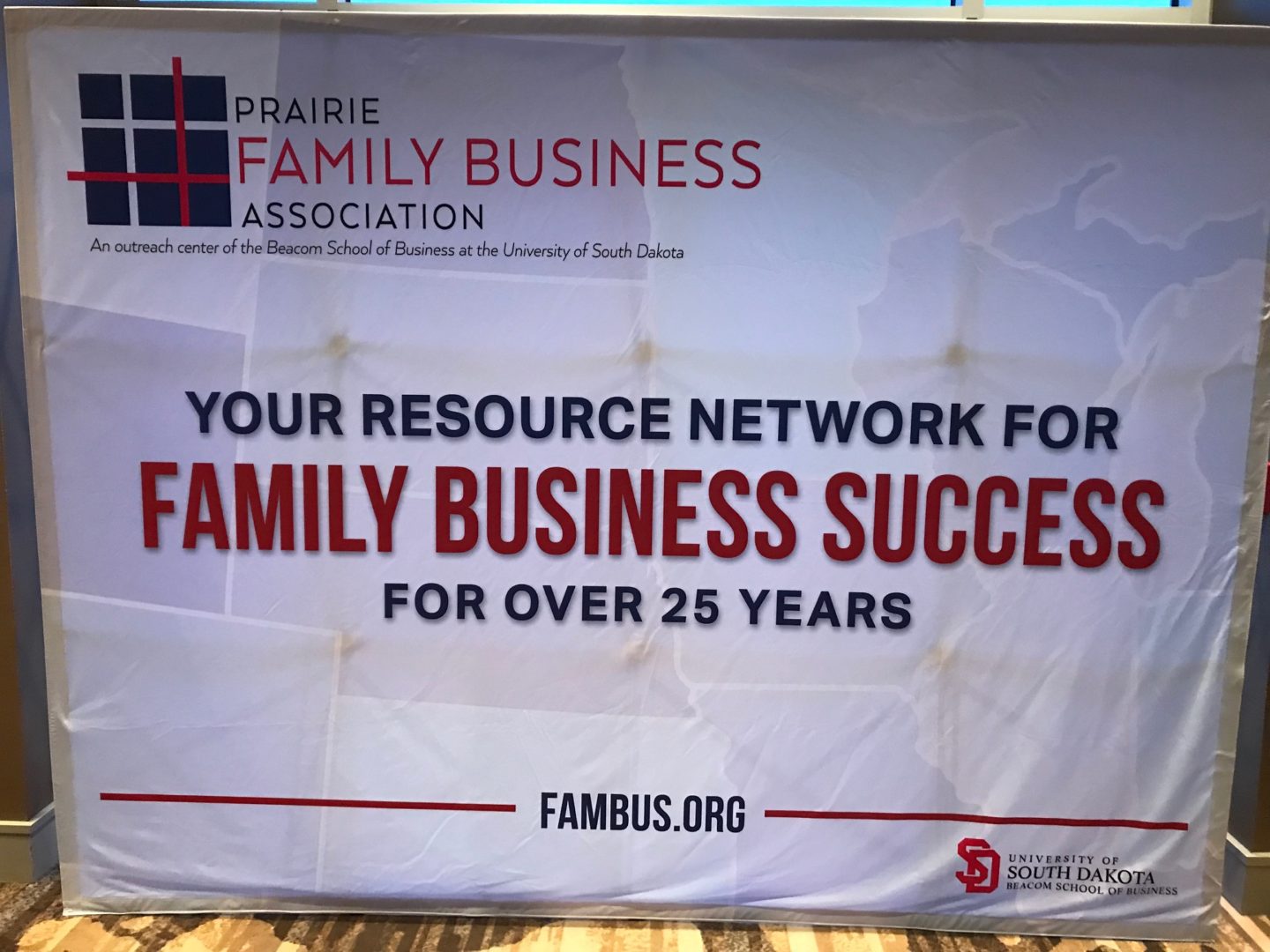
What Gollum from Lord of the Rings can teach us about Family Business Succession
Article by Chris Rhyme, J.D.
After years of work with family businesses, I have come to the striking realization that owner-operators (particularly founders) of closely held family businesses often have one deep commonality with the character Gollum from J.R.R. Tolkiens’ Lord of the Rings:
Owners treat control of the organization with the same possessiveness and focus with which Gollum treats his ring.
The power of business ownership grows almost imperceptibly slowly, but after compounding for decades it has a pervasive impact in the business owner’s life and psyche. At times you can almost hear the owner thinking about control and the accompanying identity tied up in the business as her “Precious.” This is never more apparent than when you begin to take control of the business from the owner and give it to a future leader. Yet to successfully transfer the business to the next generation of leaders, the owner must willingly open their palm and hand all the power/control to a chosen successor.
I observe that departing owners struggle to let go of three primary facets of power. Prior to an exit, succession, or transition, an owner should think about these three things:
- Financial Control = For many entrepreneurs and leaders who have grown a successful enterprise, they become accustomed to a nice lifestyle and a large pocketbook with no one looking over their shoulder to monitor spending or income. When it comes time to transition, the owner has to open the kimono and share financial details with the successor-owners. This can feel exposing to the departing owner in addition to the challenge of relinquishing control of the checkbook and the accompanying perks and benefits that go with the power of the purse.
- Ownership Control – Again, the entrepreneur has generally grown to be the center of her organization, and her insight, leadership and attention is desired by all. The right to call the shots and dictate how things get done is often cemented into the organization with decades of history, making changes difficult both to accept and to implement.
- Identity – Lastly, the owner who opens her hand to relinquish control of the ‘precious’ company must confront the challenging question of who she is if not the owner of XYZ Corp. How will she introduce herself in professional or social situations? Who does she become in the community? What is the deeper thread of personal purpose if not to run the company? This is particularly challenging for founder-owners.
Here are three quick thoughts on how to slay these ownership monsters:
- Financial Independence – Start running clean books so that you know what you spend each year and therefore how you might recreate that after ownership ceases. Work with a financial planner to create visibility around re-creating the income you want/need after your exit.
- Ownership Control – Intentionally delegate and hand off tasks to capable successors, gradually decreasing how pivotal you are in the business. This should include both operational and strategic tasks.
- Identity – Conduct low-commitment exploration into other things you might be passionate about. This can begin to create purpose in the next chapters of your life.
The non-permanence of power means that you have to be ready for the eventual moment of giving up your Precious. Whether you face the difficult process of willingly opening your palm to the next generation (Frodo), or wait for time and circumstance to take it from you (Gollum), your actions will determine both the future viability of the business you built and your own happiness post-transition.








